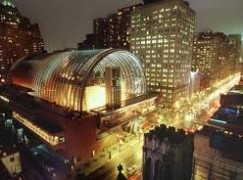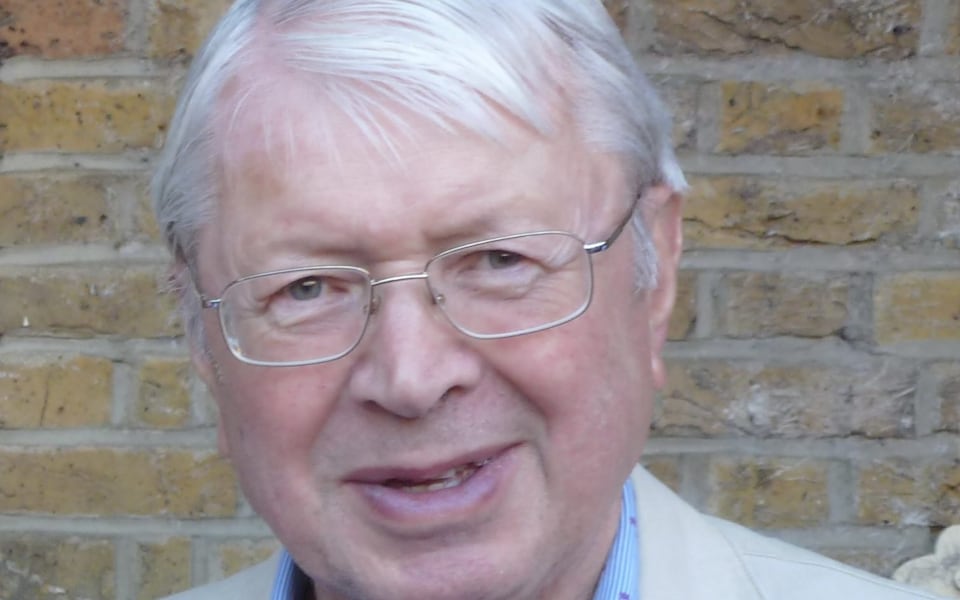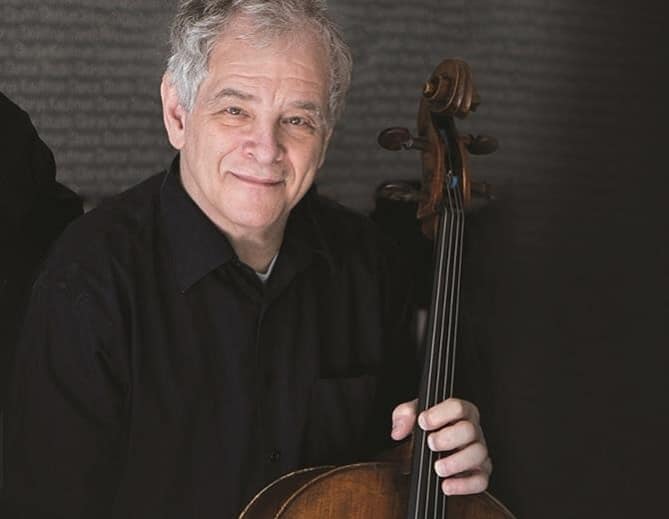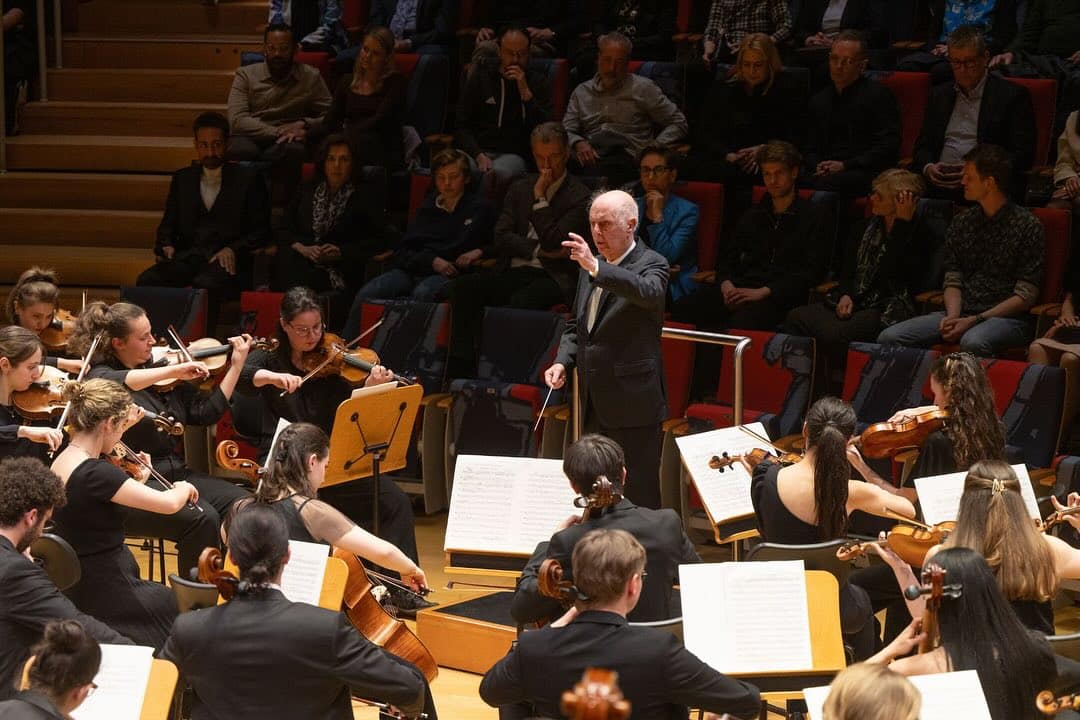Philly eyes the barricades over Kaiser waltz
mainNegotiations are the Philadelphia Orchestra are deadlocked. The musicians don’t like the small pay increase on the table. And they especially don’t like the introduction of ex-Washington boss Michael Kaiser as an external consultant – along with the company’s refusal to show them his eventual recommendations. (UPDATE: The company has since clarified that the idea of hiring Kaiser was initiated by the musicians union.)
‘The biggest sticking point is, they don’t want to show us his report,’ one musician told the ever-reliable Peter Dobrin. ‘We were really close twice last night, and then it sort of fell apart.’
Read Peter’s full account here.






Comments